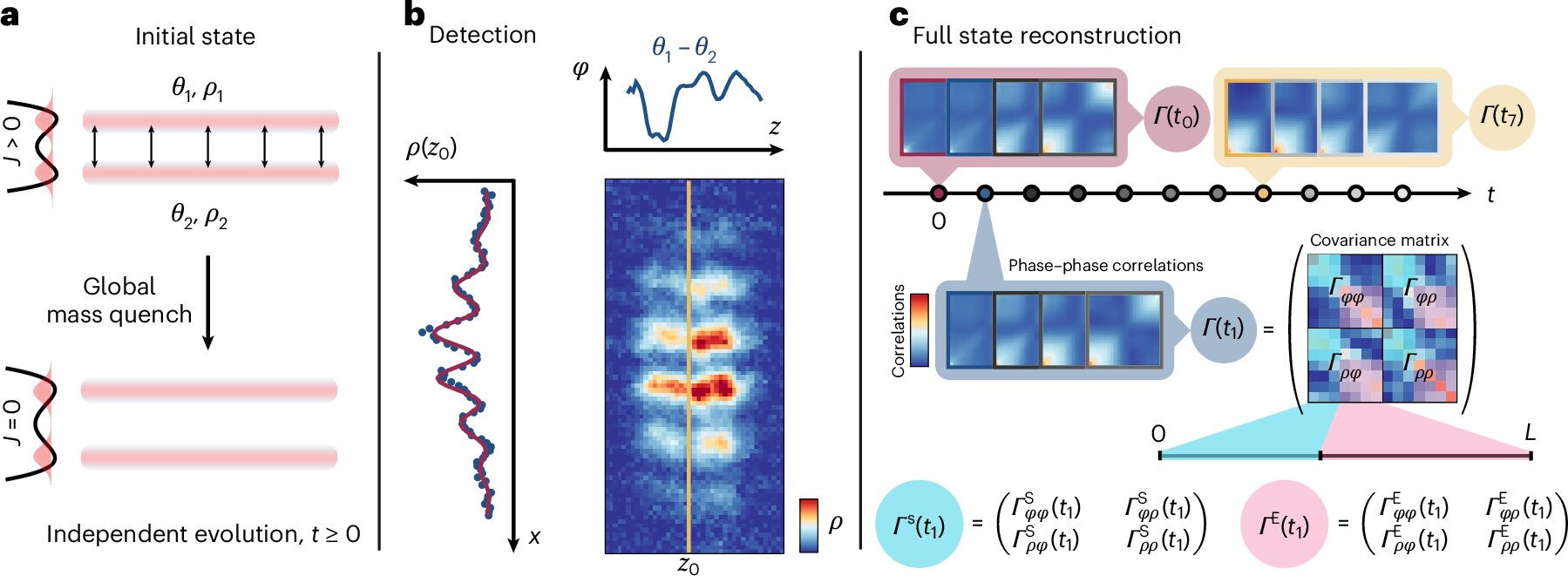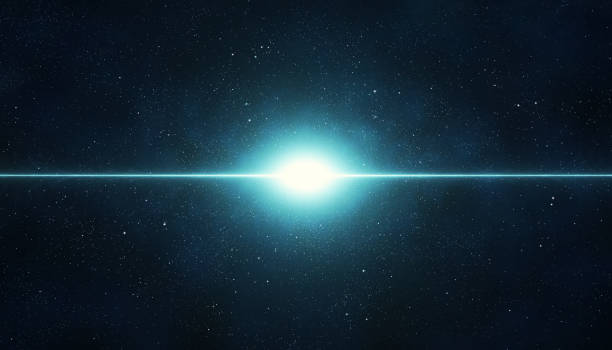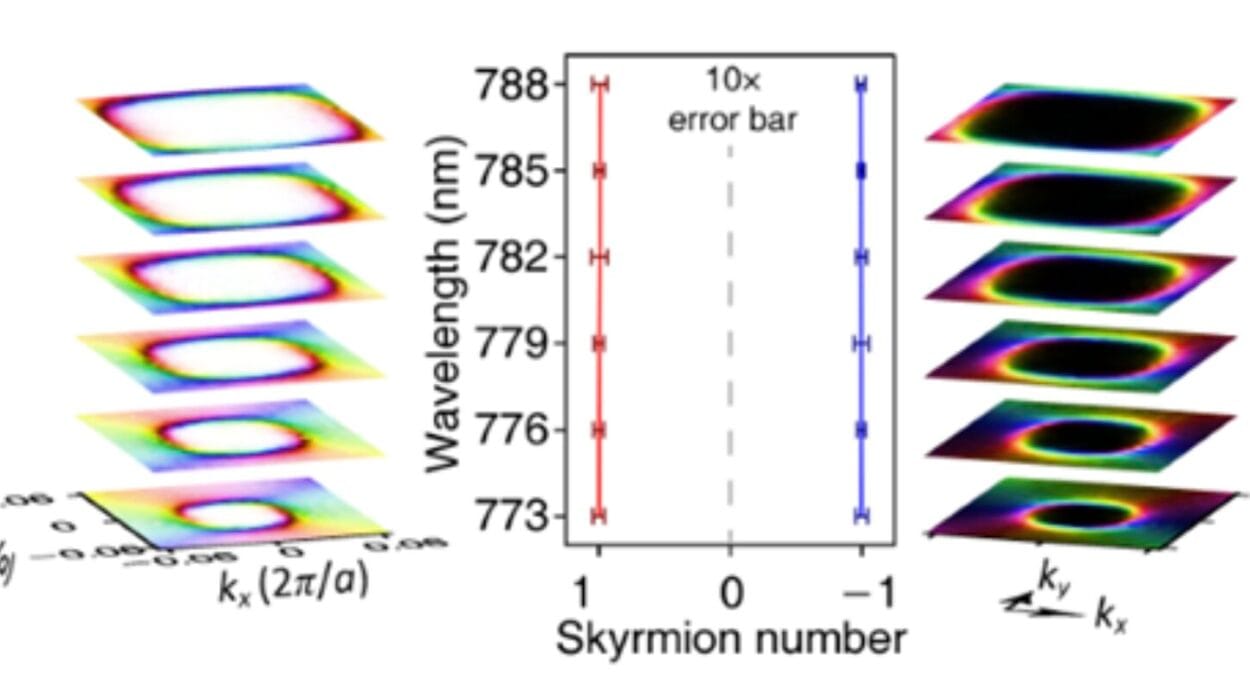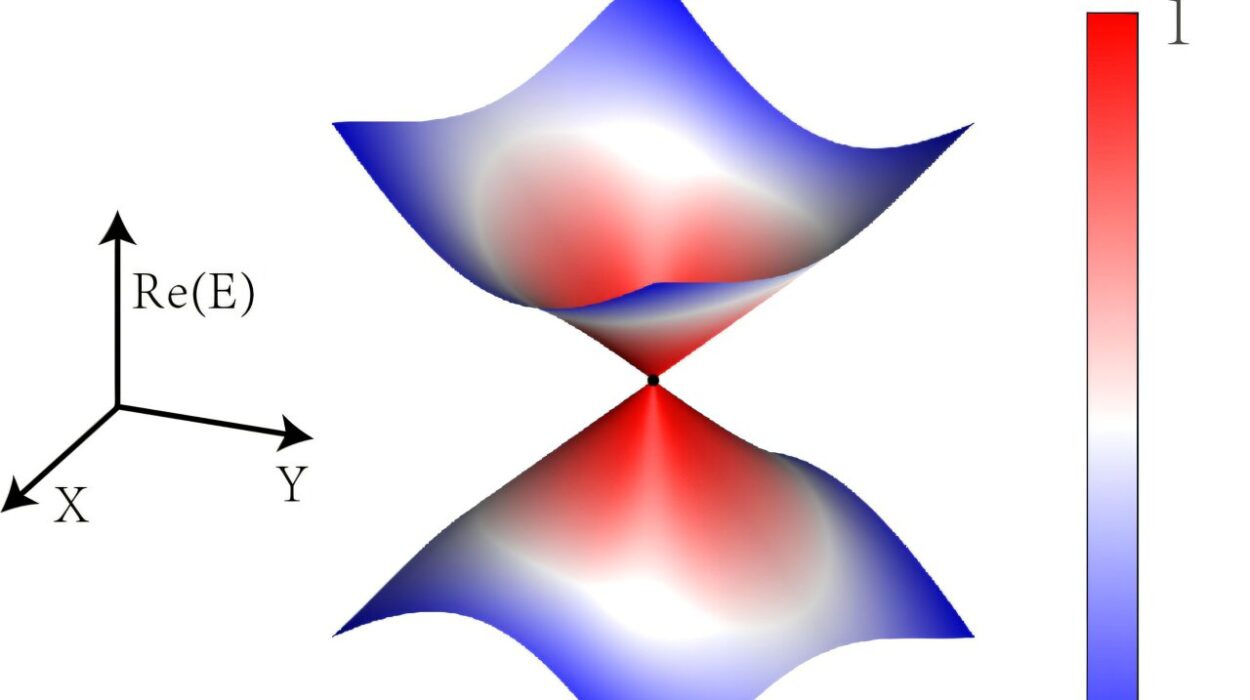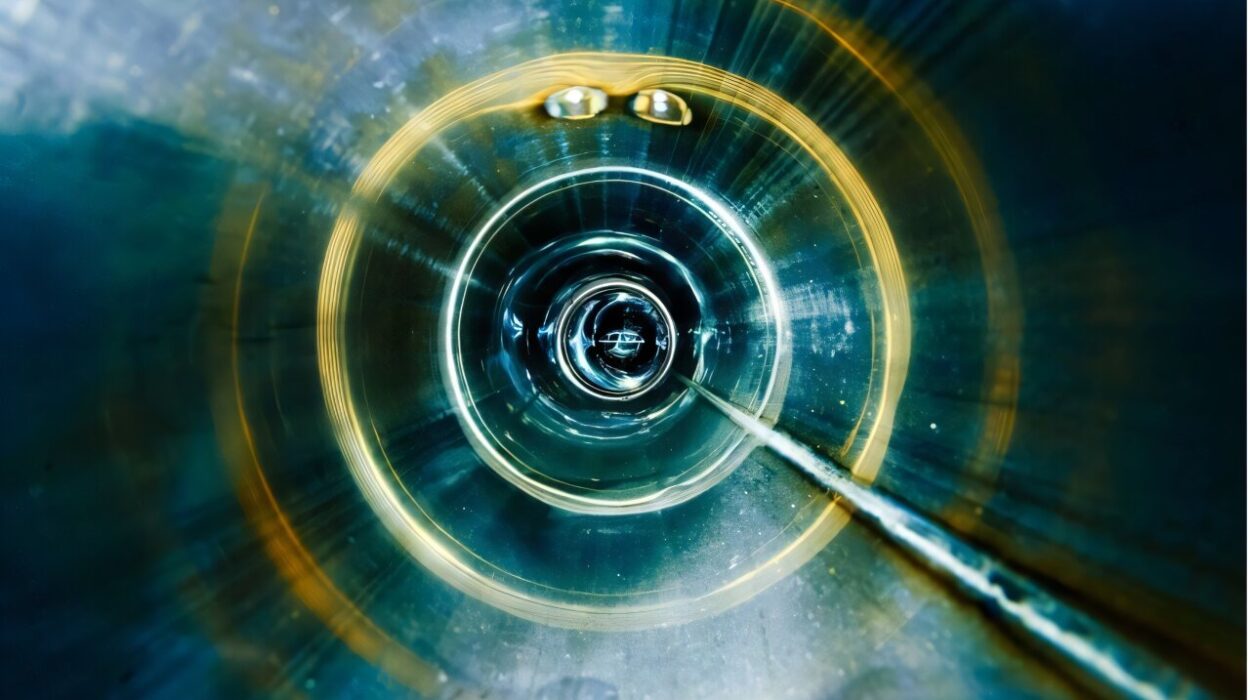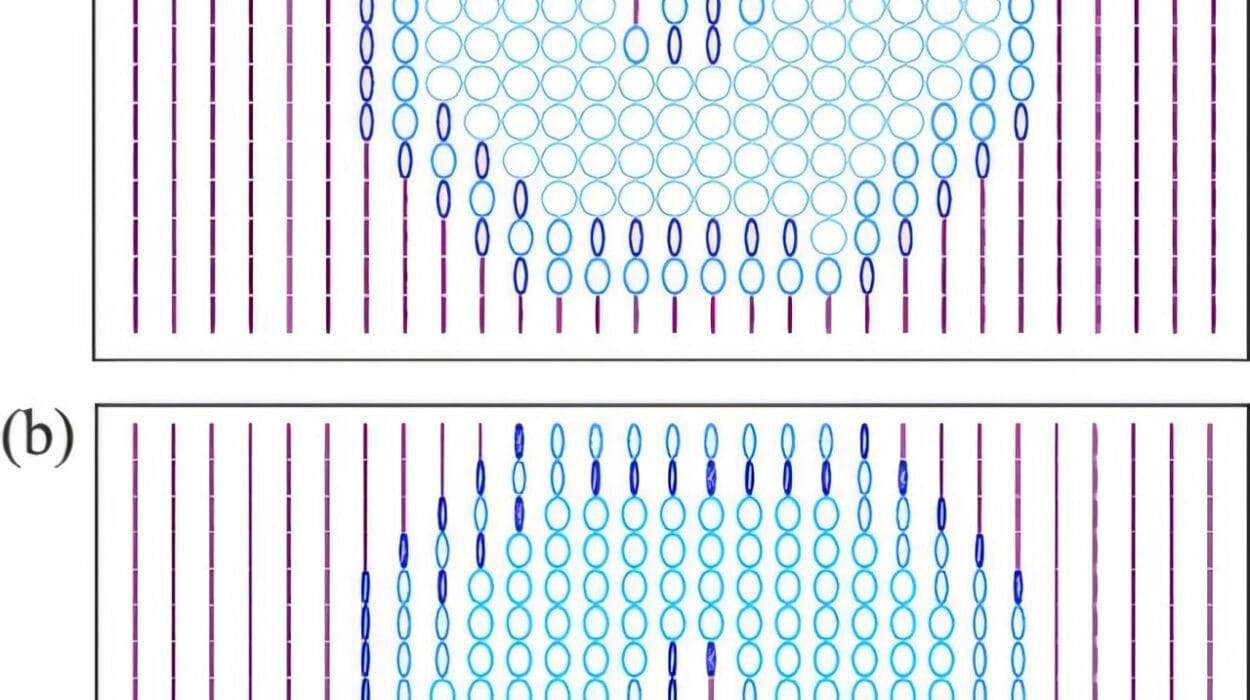Not in a poetic sense, but quite literally—on the smallest possible level of physics. That’s the curious magic behind Landauer’s principle, a thermodynamic truth that tells us: erasing information isn’t free. It always comes at an energy cost.
Until now, that idea lived mostly in the realm of classical systems—like the silicon brains of our computers. But a group of researchers from TU Vienna, the Freie Universität Berlin, the University of British Columbia, the University of Crete, and the Università di Pavia just pushed it into uncharted territory: the quantum world.
Their new study, published in Nature Physics, opens a portal between information theory and quantum thermodynamics, offering one of the clearest glimpses yet of how the invisible language of information shapes reality at the quantum scale.
And it all begins with a mystery that’s been haunting physics for more than a century.
A Theory Born From Paradox
To understand the breakthrough, we have to journey back to the 1800s, when physicist James Clerk Maxwell imagined a tiny being—later dubbed “Maxwell’s demon”—that could somehow sort fast and slow gas particles without expending energy. It seemed to defy the second law of thermodynamics, which states that entropy (disorder) must always increase in a closed system.
In the 1920s, Hungarian physicist Leo Szilard picked up that thread, suggesting that this puzzle wasn’t about energy at all—but about information. The demon wasn’t violating physics; it was using knowledge to manipulate the system. Somehow, information had weight in the universe.
Decades later, physicist Rolf Landauer gave the idea a solid foundation. In 1961, he declared that erasing one bit of information must release a minimum amount of heat into the surrounding environment. That quantity—kTln2 (Boltzmann constant × temperature × natural log of 2)—became a cornerstone of information thermodynamics.
The upshot? Every time you drag a file to the trash or hit backspace, you’re triggering a minuscule but fundamental thermodynamic reaction. Information is physical.
But what about the quantum realm, where particles can be in multiple states at once, entangle across distances, and generally misbehave by classical standards? That’s what this new experiment set out to explore.
The Quantum Playground
“This is about more than verifying Landauer’s principle,” said Jens Eisert, senior author and theoretical physicist. “It’s about seeing how that principle behaves in a world where particles don’t follow classical rules—a world that’s probabilistic, entangled, and deeply strange.”
To test the principle in such a world, Eisert and his colleagues turned to an experimental platform crafted by Jörg Schmiedmayer’s lab at TU Vienna: a quantum simulator made of ultracold atoms.
Imagine a stretch of space where the temperature is a whisper above absolute zero. Here, atoms lose their individuality and behave like collective quantum fields—strange, beautiful systems where time, mass, and energy become fluid concepts.
Within this ultracold Bose gas, the team created what physicists call a quantum field simulator, a controlled environment that mimics the equations of quantum field theory—the mathematical language of the quantum universe.
They then subjected this field to a sudden “mass quench,” essentially shifting it from a system with mass (massive Klein–Gordon model) to one without (massless). The result? A violent rebalancing of energy and information, akin to yanking a tablecloth off a fully set table and watching the quantum plates wobble and spin.
But this wasn’t chaos—it was a carefully orchestrated experiment designed to track how information moved, how entropy evolved, and whether Landauer’s law still held firm in this bizarre environment.
Erasing Information in the Quantum Wild
Landauer’s principle is often summarized simply: To forget, you must pay. But in the quantum world, “forgetting” isn’t straightforward.
What does it mean to delete a bit of quantum information—especially when that information might be smeared across entangled particles? Where does the heat go in a system where energy can be non-locally distributed?
To tackle this, the researchers developed a tomographic reconstruction technique, like taking snapshots of the system at precise moments during its evolution, then stitching them together into a coherent picture of how the quantum field evolved.
“We track the time evolution of a quantum field during this quench,” Eisert explained. “We analyze how entropy—a mix of thermodynamic and information-theoretic effects—builds up across different parts of the system.”
The experiment was both profoundly abstract and deeply physical. The team wasn’t just observing atoms; they were watching the fabric of information itself ripple and evolve. And remarkably, their results matched theoretical predictions derived from both classical and quantum field theories.
“It’s a fusion of old and new,” said Eisert. “We used classical insights, added quantum corrections, and built a semiclassical quasiparticle framework that bridges both worlds.”
Why This Matters: Toward Quantum Engines
At first glance, this might seem like an intellectual curiosity—an exotic experiment validating an obscure principle. But its implications ripple far beyond the lab.
By demonstrating that Landauer’s principle holds in quantum many-body systems, the study strengthens a growing field: quantum thermodynamics. This area explores how heat, work, and entropy behave when quantum effects dominate—and it could reshape the future of technology.
Imagine quantum computers or quantum engines that exploit these principles to process information with unprecedented efficiency. If information has a thermodynamic cost, then understanding and minimizing that cost becomes central to building better machines.
“This is about understanding how you can process information without waste—even in systems where classical rules no longer apply,” Eisert said. “It’s a step toward creating thermal machines that work near or even within the quantum regime.”
The study also opens the door to exploring quantum entanglement, correlations between particles that may play a key role in how information and heat flow in quantum systems. Understanding these flows could help unlock new ways to build fault-tolerant quantum computers—or design energy-efficient quantum sensors and networks.
The Dance Between Knowledge and Energy
Perhaps the most beautiful part of this research is philosophical: it underscores the ancient intuition that knowledge is not free. Every time we learn something new, or erase something we knew, the universe takes note.
Boltzmann and Gibbs hinted at this when they tied entropy to probability. Shannon formalized it when he defined information mathematically. Now, physicists like Eisert and his team are making it real—showing us that information has weight, cost, and consequences, even in the shimmering quantum sea.
And in a time when the world is racing toward quantum computing, artificial intelligence, and climate-conscious technology, understanding that cost has never been more urgent.
“We’d now like to develop this system into a kind of thermal machine, where we can watch entanglement and quantum correlations doing real, useful work,” said Eisert. “It’s a fascinating playground.”
In other words: this isn’t the end of the story. It’s the opening chapter of a new era—where the physics of forgetting might teach us how to build a smarter, cleaner, and more quantum-aware future.
Reference: Stefan Aimet et al, Experimentally probing Landauer’s principle in the quantum many-body regime, Nature Physics (2025). DOI: 10.1038/s41567-025-02930-9
